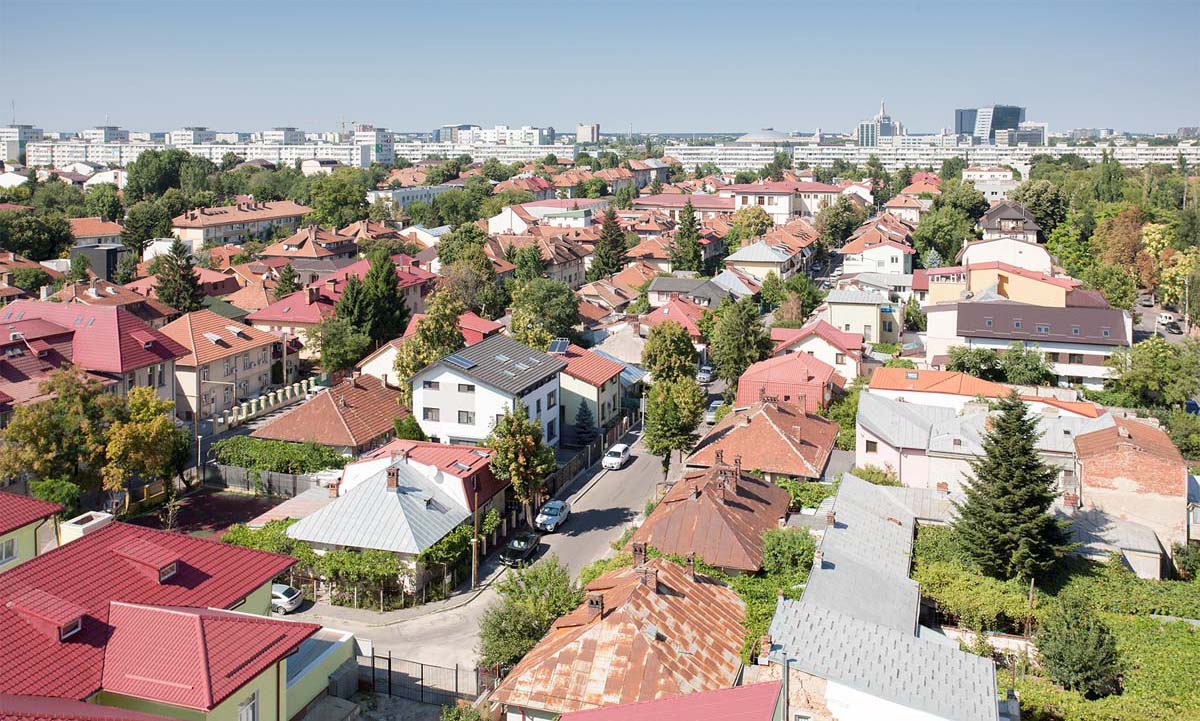Wednesday, March 22, 2017 - 12:00pm
Room 202 Frick Fine Arts Building
A Suitable Model for the Romanian Lifestyle: Garden City and Social Housing in Bucharest (1906 -1954)
University of Architecture and Planning “Ion Mincu”, Bucharest

The presentation investigates the social housing strategy implemented by the local and national authorities in Bucharest, Romania, between 1906 and 1954. As Bucharest faced at the turn of the century one of the highest mortality determined by tuberculosis and poor living conditions from Europe, the authorities decided to house the workers in semidetached standardized dwellings, planned in lotissements based on Garden City principles. In almost fifty years, Bucharest designed more than 5,000 dwellings in 40 lotissements, accommodating approximately 20,000 residents. The socialist opposition signaled the wrong direction of the reform, in both its architectural and social features, claiming that the reformers ignored the vulnerable classes. Although these lotissements improved the conditions at the periphery and changed lodgers’ lives, it became clear even for the reformers that the construction of lotissements could no longer be sustainable, as Bucharest tripled the population between 1912 and 1945. The communist authorities abandoned this technique in 1945 and inaugurated a different strategy, focused on the construction of apartment buildings to house the workers. Today, the lotissement are part of the protected heritage of Bucharest.
Andrei Răzvan Voinea is a Fulbright Visiting Scholar at University of Pittsburgh, Department of History of Art and Architecture. He graduated from the Faculty of History in Bucharest (2008) and holds a M.A. in British Cultural Studies (Bucharest, 2010) and Central European History (Budapest, 2011).
* Andrei will also be showing his colloquium on Thursday, March 23, 2017 at noon in the European Studies Center, room 4217 Posvar Hall
